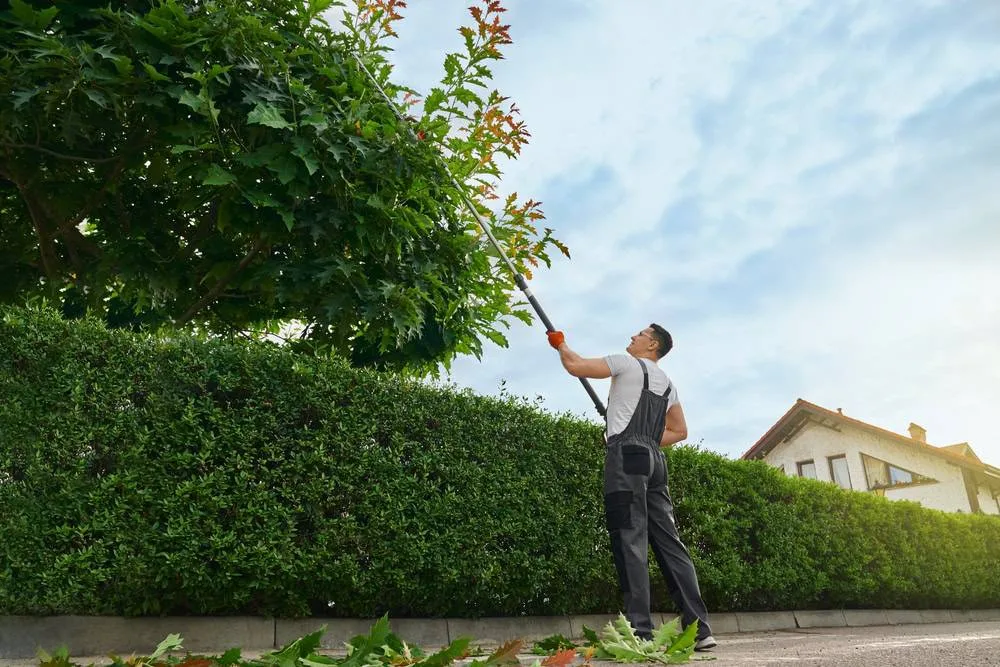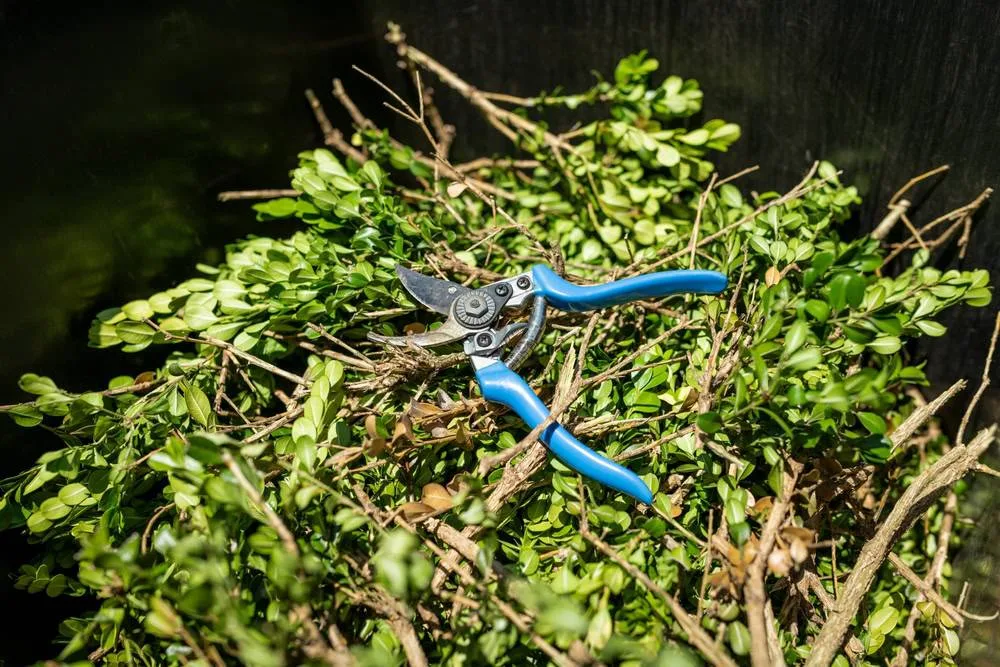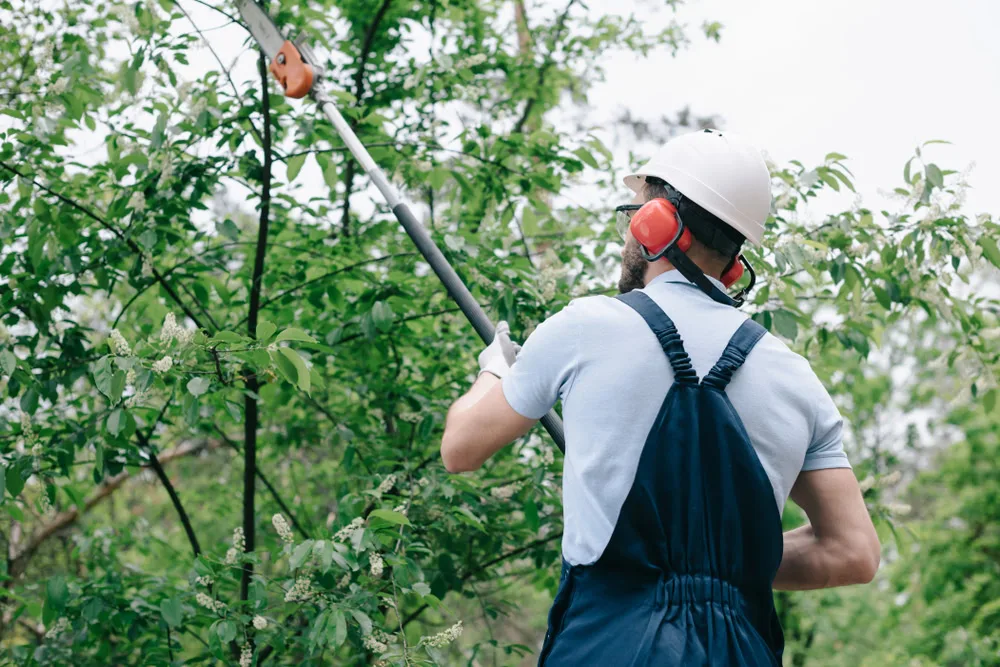Tree Trimming in Inwood, NY
Safe, Professional Tree Care That Protects
Expert tree trimming that keeps your property safe and your trees healthy year-round.

Hear from Our Customers

Professional Tree Care Services
You get trees that actually enhance your property instead of threatening it. Proper trimming eliminates those branches hanging over your roof, touching power lines, or blocking your windows. Your trees grow stronger, your property stays safer, and you stop worrying about storm damage.
Well-maintained trees also mean better curb appeal and property value. When branches are properly pruned, sunlight reaches your lawn again, air circulates freely, and your whole landscape looks intentional rather than overgrown.
The peace of mind is real. You’re not watching the weather forecast wondering if that heavy branch will come down. You’re not dealing with insurance headaches or emergency repairs because prevention handled the problem before it became one.
Inwood Tree Trimming Experts
Green Light Tree Services has been handling tree care throughout Inwood and the surrounding areas for years. We know how trees grow in this climate, which species thrive here, and what problems property owners face most often.
Every crew member is trained in proper pruning techniques and safety protocols. We carry full licensing and insurance because tree work involves real risks that require professional handling.
When you call, you’re working with people who’ve seen every type of tree issue Inwood properties deal with. We know the difference between emergency trimming and routine maintenance, and we handle both with the same attention to safety and quality.

Tree Trimming Process
The process starts with an assessment of your trees and property. Our arborist identifies which branches need removal, checks for signs of disease or damage, and explains what work will benefit your specific situation.
Before any cutting begins, the area gets properly prepared. Equipment is positioned to protect your property, and safety measures are put in place. The actual trimming follows industry standards for each tree species, making cuts that promote healthy growth rather than just removing bulk.
Cleanup is part of our service, not an afterthought. All debris gets removed from your property, and the work area is left clean. You get a clear explanation of what was done and any recommendations for future tree care.

Ready to get started?
Complete Tree Maintenance
Our tree trimming service includes proper pruning cuts that follow arborist standards, not just random branch removal. Dead, diseased, or damaged wood gets removed first, followed by branches that pose safety risks or structural problems.
The service covers crown cleaning to remove weak branches, crown thinning to improve air circulation, and crown raising to clear walkways or structures. Each cut is made at the proper location to promote healing and prevent disease entry.
Inwood properties often deal with trees growing too close to buildings or power lines. Our trimming addresses these specific hazards while maintaining the tree’s health and natural shape. Emergency situations get priority response, but routine maintenance prevents most emergency calls in the first place.
